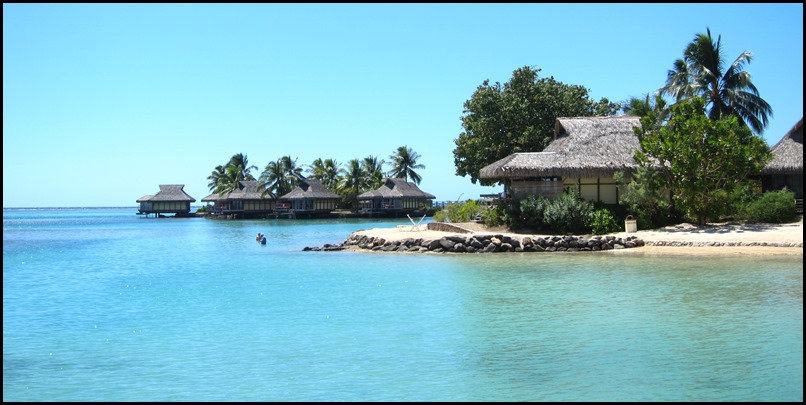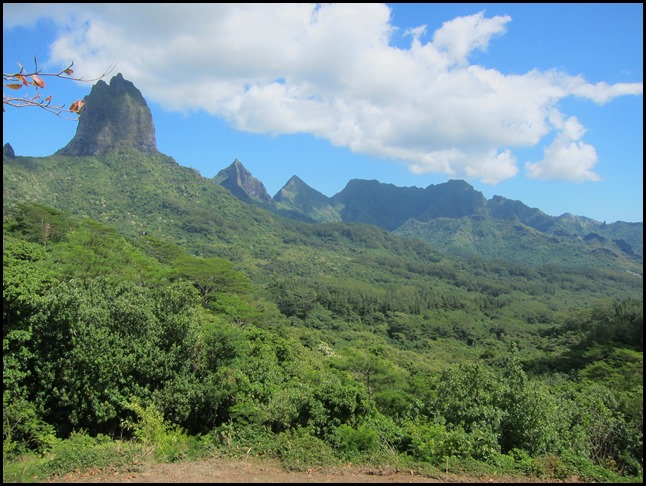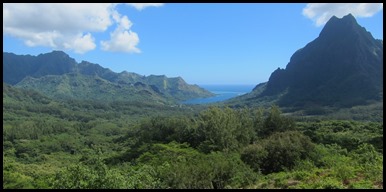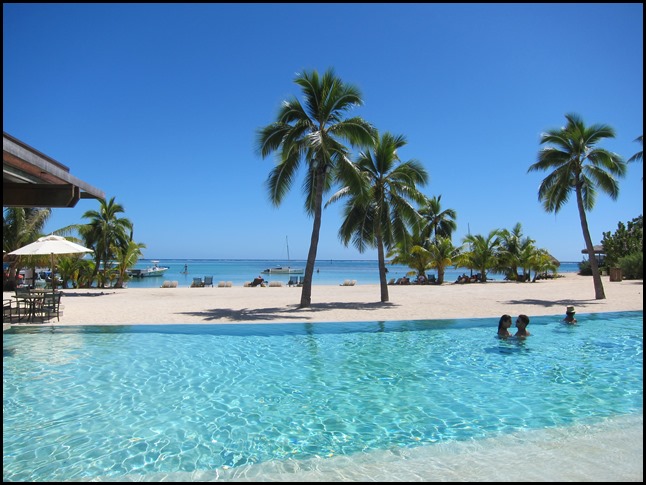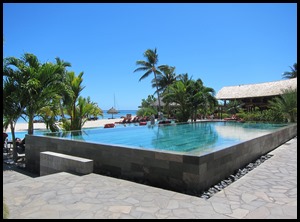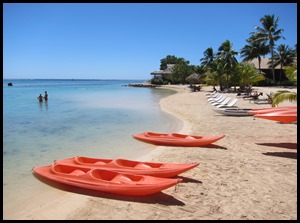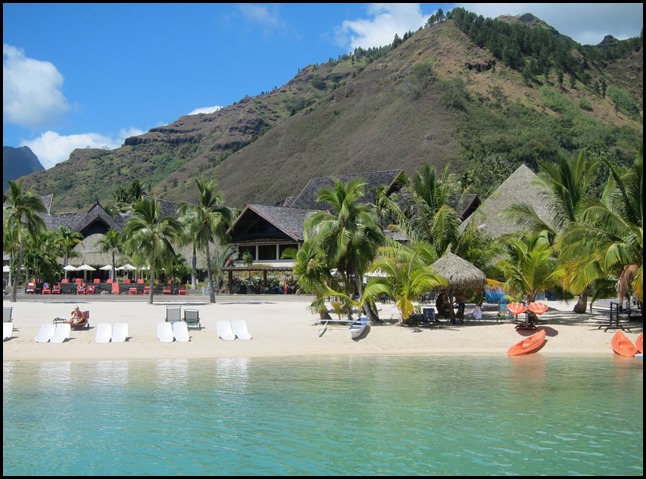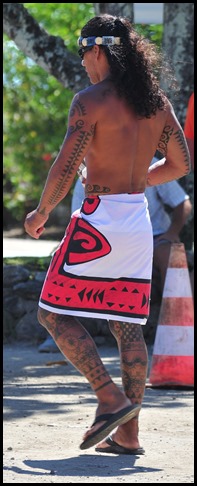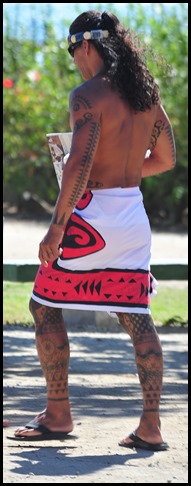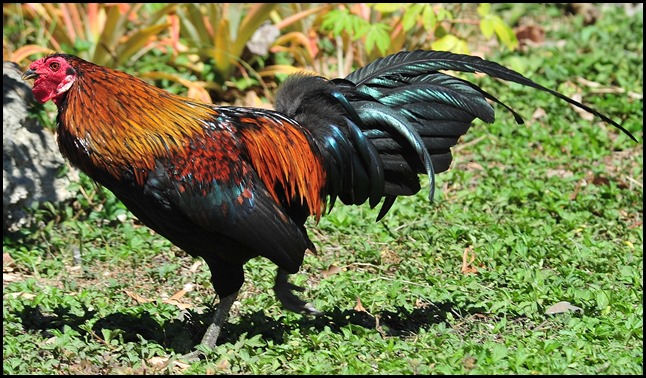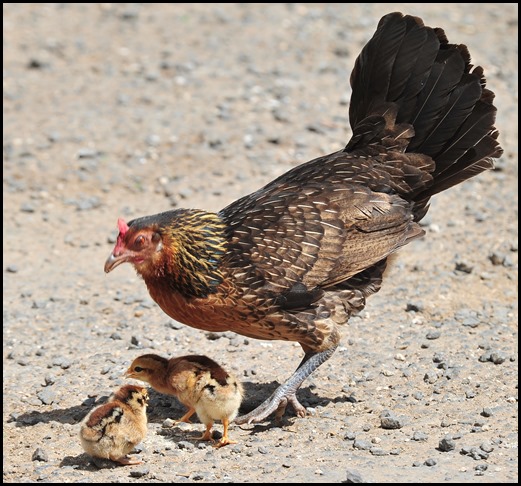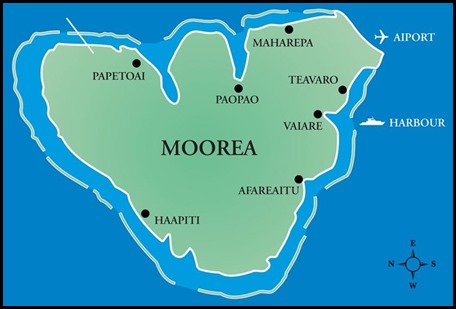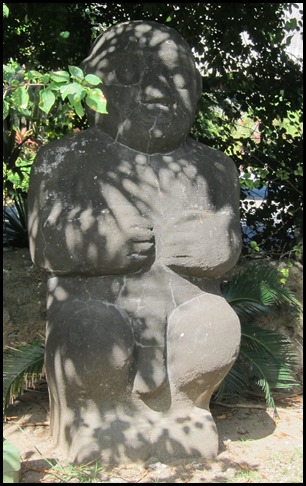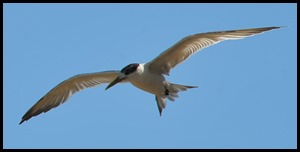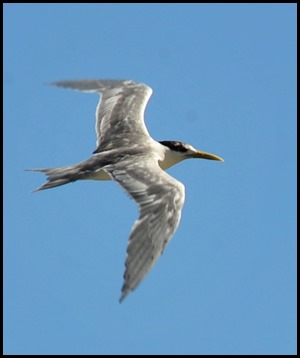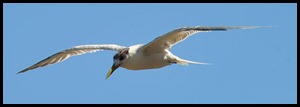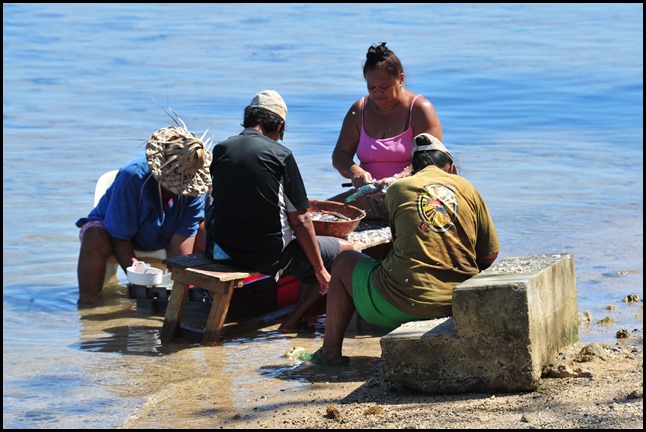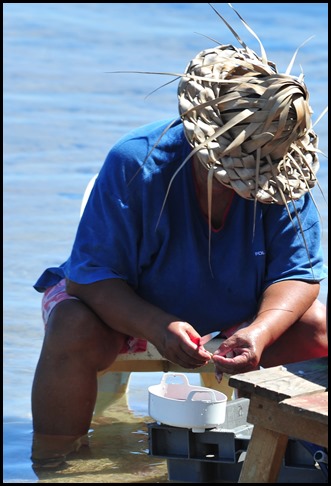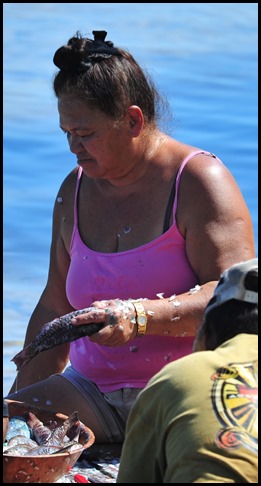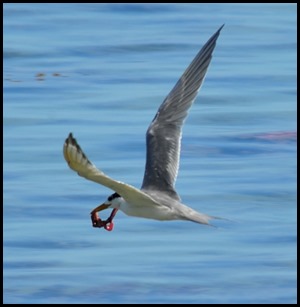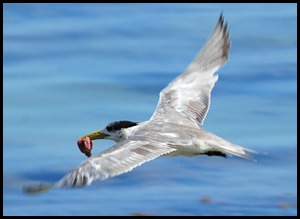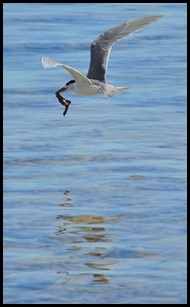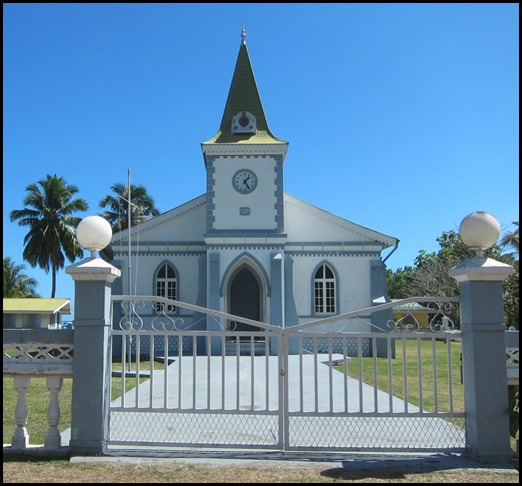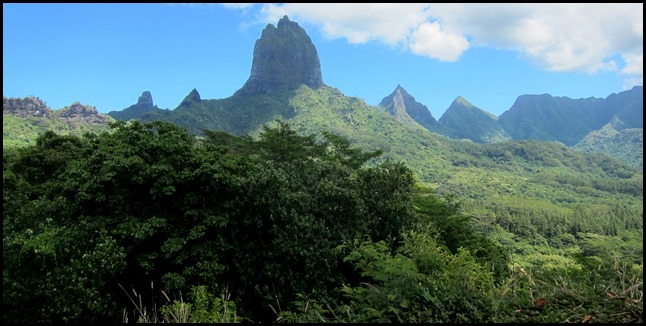Moorea

|
Moorea
Moorea is a high island in French Polynesia, part of the Society Islands, nine miles northwest of Tahiti. Moorea means "yellow lizard" in Tahitian. An older name for the island is ʻAimeho, early Western colonists and voyagers also referred to Moʻorea as York Island.
Transportation: Several ferries go to the Vai'are wharf in Mo'orea daily from Pape'ete. The Vai'are wharf is in the Vai'are bay. There are 3 ferries. One of them is the 'Aremiti 5. The largest one is the 'Aremiti Ferry and the other one is the Mo'orea ferry. The ferries have to pass through Mo'orea's coral pass, then toward Pape'ete across the ocean and into the Tahiti Lagoon. The Vai'are bay is in the east part of Mo'orea. Mo'orea's Temaʻe Airport (MOZ) has connections to the international airport in Pape'ete and onward to other Society Islands such as Bora Bora. If the islanders want to make an international flight, they would take Air Tahiti to get to the Fa'a'ā International Airport on Tahiti. The Mo'orea airport is located north of the Vai'are bay. There is one road that goes around the island. Along the road are kilometer markers from 1 to 35. The first one is near the airport. The 35th one is in Ha'apiti. There are also white signs that tell the driver which commune they entered. Other signs have the communes name with a red slash through it, meaning that the driver is leaving the commune.
Opunohu Bay (left), Cook's Bay (right), viewed from Belvedere Lookout
Geography: Mo'orea is about 10 miles in width from the west to the east. There are two small, nearly symmetrical bays on the north shore. The one to the west is called 'Ōpūnohu Bay which isn't very populated but many travelers have come into the bay. The main surrounding communes of the bay are Piha'ena in the east and Papetō'ai to the west. The one to the east is Cook's Bay, also called Pao Pao Bay since the largest commune of Mo'orea is at the bottom of the bay. The other communes are Piha'ena to the west and busy Maharepa to the east. The highest point is Mount Tohi'e'a, near the center of Mo'orea. It dominates the vista from the two bays and can be seen from Tahiti. There are also hiking trails in the mountains. The Vai'are Bay is another small inlet, smaller than the two main bays, on the east shore. This bay has been settled a lot and has a lot of business. The main village is located just south of the bay.
Politics: The island is administratively part of the commune (municipality) of Moʻorea-Maiʻao, itself in the administrative subdivision of the Windward Islands. The main village is ʻĀfareaitu. The largest village is Pao Pao at the bottom of Cook's Bay. The second largest is Maharepa.
The Hilton Hotel
Tourism Because of its stunning scenery and accessibility to Pape'ete, Moʻorea is visited by many western tourists who travel to French Polynesia. Especially popular as a honeymoon destination, Moʻorea can often be seen in advertisements in American wedding magazines. Arthur Frommer declared in Frommer's travel guide that he considered it the most beautiful island in the world.
Tattoos an important part of the islands culture.
Clearly they are very busy too, looking at the offspring.
Physical description: From above, the shape of the island vaguely resembles a heart, with its two nearly symmetrical bays opening to the north side of the island: Cook's Bay and ʻŌpūnohu Bay. The island was formed as a volcano 1.5 to 2.5 million years ago, the result of a geologic hotspot in the mantle under the oceanic plate that formed the whole of the Society Archipelago. It is theorized that the current bays were formerly river basins that filled during the Holocene searise.
History: Like many of the other islands, Mo'orea was first settled by Polynesians from the islands west of Mo'orea. They arrived on canoes coming down from South Asia looking for islands to settle. It is estimated that they arrived on Mo'orea roughly 1000 years ago. There are some ancient landmarks on Mo'orea known as marae, which consists of ancient stone rocks shaped like pyramids. On the rocks are carvings that tell when sacrifices occasionally took place. The oldest marae is the 'Āfareaitu Marae, located in the island's main village. It was made by the early Polynesians in the year 900. First European that recorded its sight was Pedro Fernandez de Quirós in 1606. The first settlers who were Europeans arrived during the 18th century. The first European to arrive on the island were Englishman Samuel Wallis and James Cook. Captain James Cook first settled on Tahiti and then he took his ship with Samuel Wallis and went onward to Mo'orea. The bay he first settled in was later named Cook's Bay in his honor. Spanish sailor Domingo de Bonechea visited it in 1774 and named it Santo Domingo. The island was among those visited by the United States Exploring Expedition on its tour of the South Pacific in 1839. Charles Darwin found inspiration for his theory regarding the formation of coral atolls when looking down upon Moʻorea while standing on a peak on Tahiti. He described it as a "picture in a frame", referring to the barrier reef encircling the island. Don the Beachcomber lived here briefly in the 1920’s until his houseboat was destroyed by tropical cyclones. On the 7th of October 1967, construction was completed on the Mo'orea Airport, which opened the following month.
These lazy chaps awaiting bits.
Fishing is very important to the locals, this group were cleaning their catch.
Patience rewarded.
Research facilities: The University of California, Berkeley maintains the Richard B. Gump South Pacific Research Station on the west coast of Cook's Bay. The Gump station is also home to the Moʻorea Coral Reef Long Term Ecological Research Site (MCR LTER). The project, funded by the US National Science Foundation (NSF), is a partnership between the University of California Santa Barbara and California State University, Northridge that includes additional researchers from UC Davis, UC Santa Cruz, UC San Diego and the University of Hawaiʻi. The Moʻorea Coral Reef LTER is part of the National Science Foundation's Long Term Ecological Research (LTER) Network. The LTER Program was established by the NSF in 1980 to support research on long-term ecological phenomena. The Mo'orea Coral Reef LTER became the 26th site in the LTER network in September 2004. Cook's Bay with Mouʻa Puta (left), Mouʻa Roa, aka Mt Bali Hai (center), Mount Rōtui (right; October 2008) The French EPHE (École pratique des hautes études) and now the CNRS (National Centre for Scientific Research) maintain a research station at the end of ʻŌpūnohu Bay since about 1970. This Centre de Recherches Insulaires et Observatoire de l'Environnement (Centre for island research and environment observatory) or CRIOBE is a research site for several international projects, including the monitoring of coral reefs throughout French Polynesia as well as the monitoring of the fish population on the Tīahurā transect of Moʻorea's reef for over 30 years.
ALL IN ALL A REAL DELIGHT |
